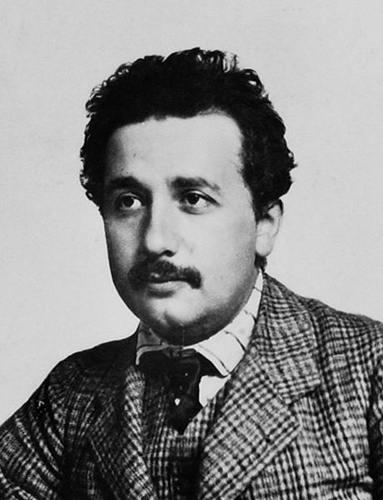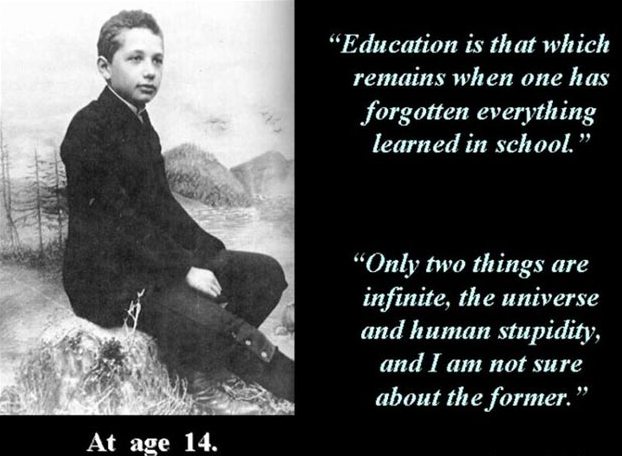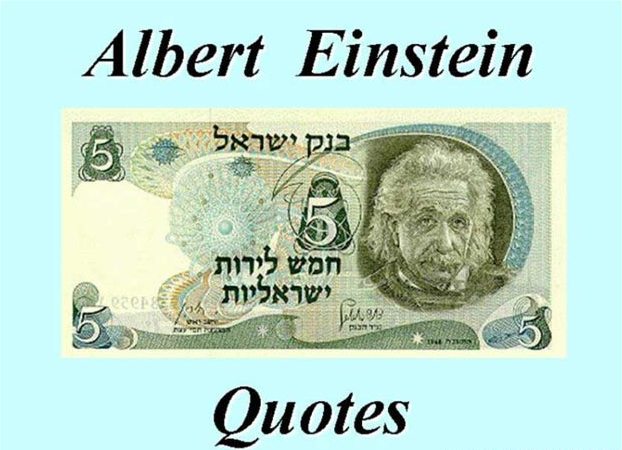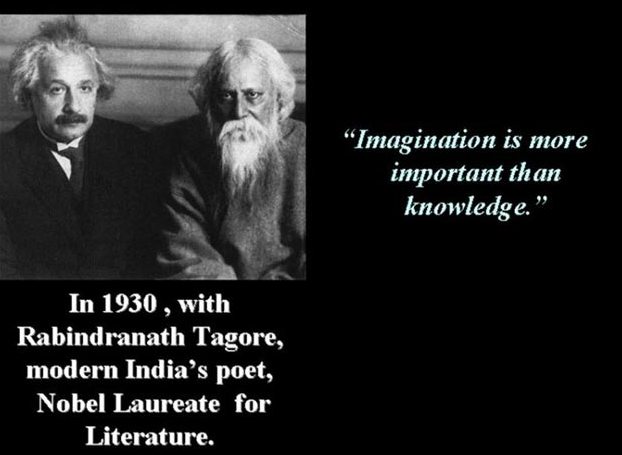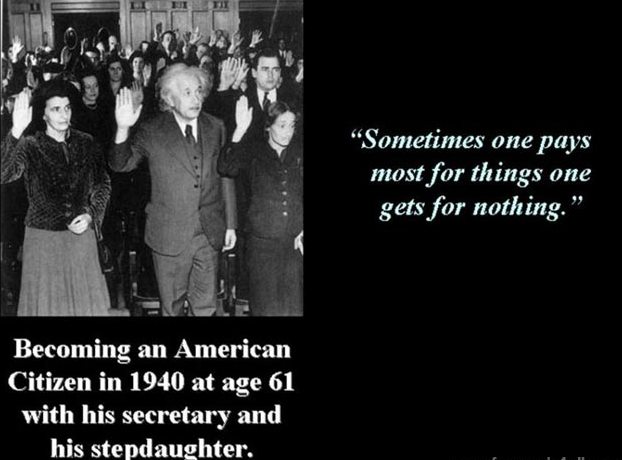
- Had Speech Difficulty as a Child
Einstein was supposedly slow to talk—the man himself told his biographer he didn’t start speaking until at least age three. Stanford economist Dr. Thomas Sowell even coined the controversial term “Einstein Syndrome” to describe exceptionally bright people whose speech is delayed. As per source,”When Einstein was five years old and ill in bed one day, his father showed him a simple pocket compass. What interested young Einstein was whichever the case was turned, the needle always pointed in the same direction. He thought there must be some force in what was presumed empty space that acted on the compass. This incident, common in many “famous childhoods,” was reported persistently in many of the accounts of his life once he gained fame” - Inspired by a Compass
When Albert Einstein was five years old his father showed him a simple pocket compass. Einstein was mesmerized. What force exerted itself on the little needle to make it point in a single direction? This question haunted Einstein for many years and has been noted as the beginning of his fascination with science. - Refused to become second president
A few days after Zionist leader and first President of Israel Chaim Weizmann died on November 9, 1952, Einstein was asked if he would accept the position of being the second president of Israel. Einstein, age 73, declined the offer. In his official letter of refusal, Einstein stated that he lacked the “natural aptitude and the experience to deal properly with people.” - Loved Sailing though never get to learn swimming
Einstein loved sailing, even though he wasn’t very good at it—his neighbors on Long Island frequently had to help him right his capsized boat Tinef (Yiddish for “worthless”). And even though Einstein never learned to swim, he kept sailing as a hobby throughout his life. - No Socks
Part of Einstein’s charm was his disheveled look. In addition to his uncombed hair, one of Einstein’s peculiar habits was to never wear socks. To Einstein, socks were a pain because they often would get holes in them. - Co-Invented refrigerator
More than two decades after publishing his Special Theory of Relativity, Albert Einstein co-invented a refrigerator (with his former student Leo Szilard) that operated on compressed gases. Einstein was moved to create the device after reading about a Berlin family killed by toxic fumes from their fridge. The Einstein-Szilard refrigerator was patented in 1930 but was soon overshadowed by freon-based compressors that were more efficient, but more damaging to the environment. - Never part of Project Manhatton “Atomic Bomb”
Einstein himself did not create the atomic bomb or even work on the Manhattan Project (he was denied the security clearance by the U.S. Army, which looked askance at his left-leaning politics). But both Einstein’s letters to then-U.S. President Franklin D. Roosevelt outlining the theory of a uranium fission bomb and his famous formula, E=mc², linking mass and energy, helped spur the development of nuclear weapons. Einstein later regretted his involvement, telling Newsweek that “had I known that the Germans would not succeed in developing an atomic bomb, I would have done nothing.” - Had an Illegitimate Child
In the 1980s, Einstein’s private letters revealed something new about the genius: he had an illegitimate daughter with a fellow former student Mileva Marić (whom Einstein later married). - Failed his University Entrance Exam
In 1895, at the age of 17, Albert Einstein applied for early admission into the Swiss Federal Polytechnical School (Eidgenössische Technische Hochschule or ETH). He passed the math and science sections of the entrance exam, but failed the rest (history, languages, geography, etc.)! Einstein had to go to a trade school before he retook the exam and was finally admitted to ETH a year later - Was a Fat Baby with Large Head
When Albert’s mother, Pauline Einstein gave birth to him, she thought that Einstein’s head was so big and misshapen that he was deformed! - The Saga of Einstein’s Brain and 43 Years
After his death in 1955, Einstein’s brain [wiki] was removed – without permission from his family – by Thomas Stoltz Harvey [wiki], the Princeton Hospital pathologist who conducted the autopsy. Harvey took the brain home and kept it in a jar. He was later fired from his job for refusing to relinquish the organ.
Many years later, Harvey, who by then had gotten permission from Hans Albert to study Einstein’s brain, sent slices of Einstein’s brain to various scientists throughout the world. One of these scientists was Marian Diamond of UC Berkeley, who discovered that compared to a normal person, Einstein had significantly more glial cells in the region of the brain that is responsible for synthesizing information.
In another study, Sandra Witelson of McMaster University found that Einstein’s brain lacked a particular “wrinkle” in the brain called the Sylvian fissure. Witelson speculated that this unusual anatomy allowed neurons in Einstein’s brain to communicate better with each other. Other studies had suggested that Einstein’s brain was denser, and that the inferior parietal lobe, which is often associated with mathematical ability, was larger than normal brains.



